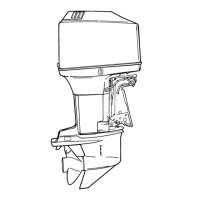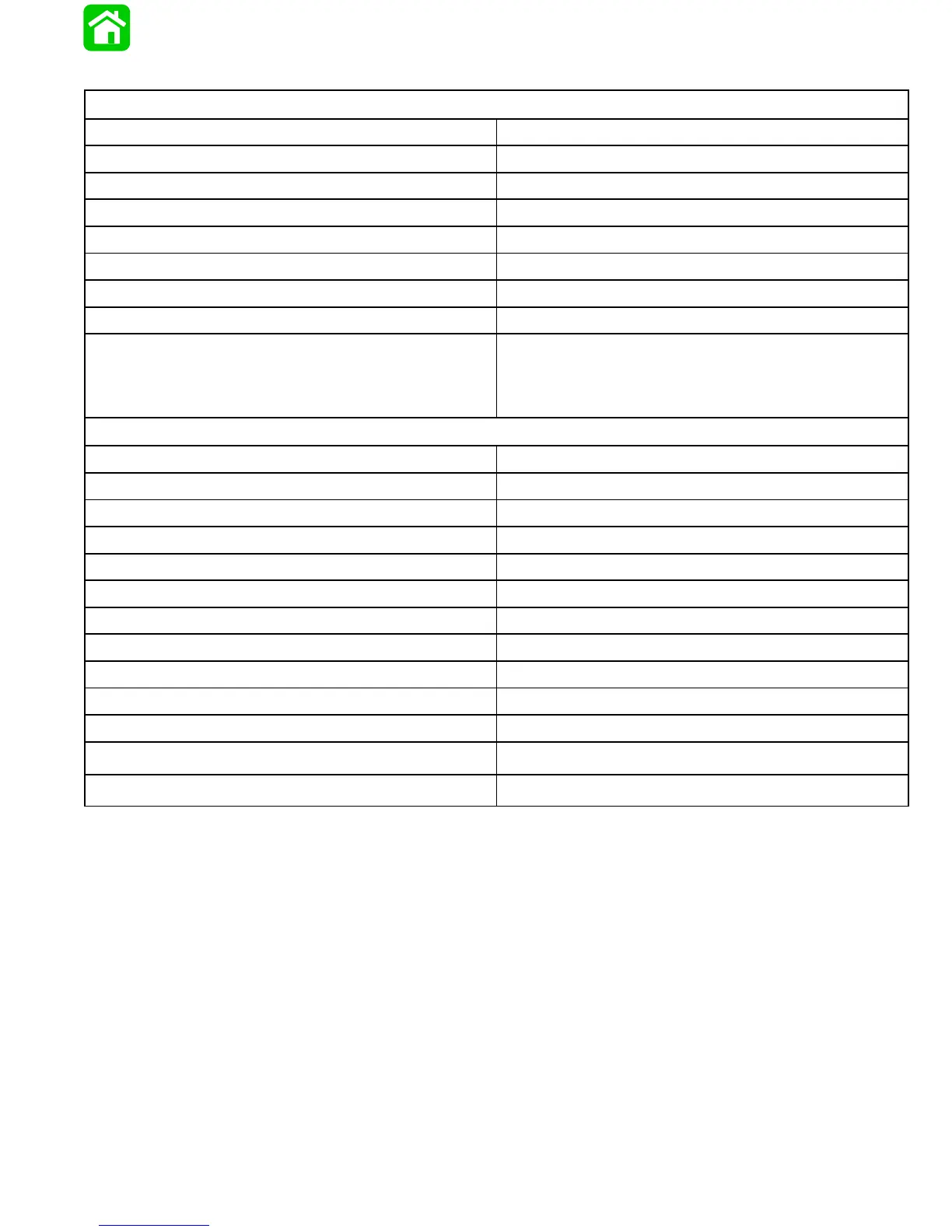90-824052R3 JUNE 2002 FUEL SYSTEMS - 3A-5
Testing Fuel Pump
Problem: Air Bubbles in Fuel Line
Low fuel in tank. Fill tank with fuel.
Loose fuel line connection. Check and tighten all connectors.
Fuel pump fitting loose. Tighten fitting.
A hole or cut in fuel line. Check condition of all fuel lines and replace
Fuel Pump anchor screw(s) loose. Tighten all screws evenly and securely.
Fuel Pump filter cover anchor screw loose. Tighten screws securely.
Fuel pump filter gasket worn out. Replace gasket.
Fuel pump gasket(s) worn out. Rebuild fuel pump.
Fuel vaporizing Fuel with high reed vapor pressure (winter grade
fuel) may vaporize (form bubbles) when used in hot/
warm weather. Use fuel with a lower reed vapor
pressure (summer grade fuel)
Problem: Lack of Fuel Pump Pressure
An anti-siphon valve. See ‘‘Checking for Restricted Fuel Flow” preceding.
Air in fuel line. See ‘‘Air Bubbles in Fuel Line”, above.
A dirty or clogged fuel filter. Clean or replace fuel filter.
The fuel pickup in fuel tank is clogged or dirty. Clean or replace pickup.
Worn out fuel pump diaphragm. Rebuild fuel pump.
Worn out check valve(s) in fuel pump. Rebuild fuel pump.
A leaky check valve gasket. Rebuild fuel pump.
Pulse hole(s) plugged. Remove fuel pump and clean out holes.
Hole in pulse hose. Replace pulse hose.
Loose pulse hose. Tighten connection(s).
Fuel hose internal diameter too small. Use 5/16 I.D. fuel hose.
Primer bulb check valve not opening. Replace primer bulb.
Excessive fuel lift required. Fuel lift exceeds 2.5 in. of vacuum (mercury)
Checking Fuel Pump Lift
(Vacuum)
The square fuel pump is designed to lift fuel
(vertically) about 60 in. (1524 mm) if there are no
other restrictions in the system using a fuel hose that
is 5/16 in. (7.9 mm) minimum diameter. As
restrictions are added, such as filters, fittings, valves,
etc., the amount of fuel pump lift decreases.
Fuel pump vacuum and air bubbles in the fuel supply
can be checked with a vacuum gauge, a t-fitting and
a clear piece of fuel hose. Connect the clear hose
between the inlet fitting on the pulse driven fuel pump
and the vacuum gauge t-fitting, keeping the t-fitting
as close as possible to the pump. Connect the fuel
line from the fuel tank to the remaining connection on
the t-fitting.

